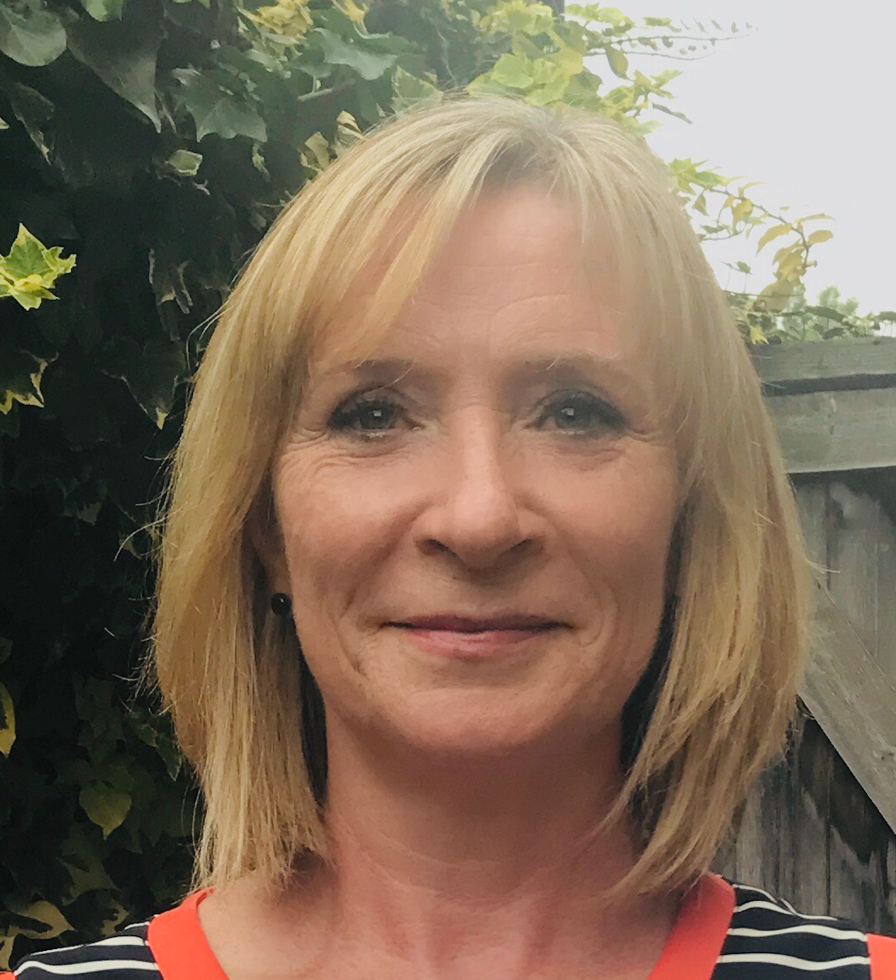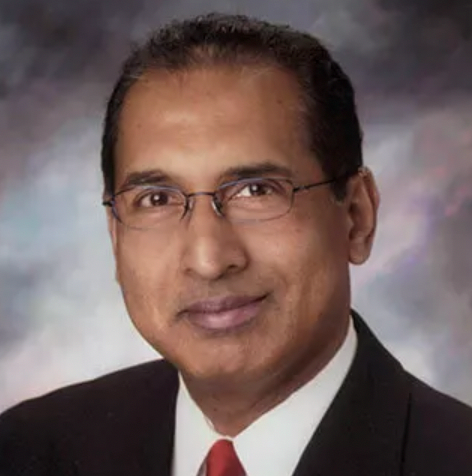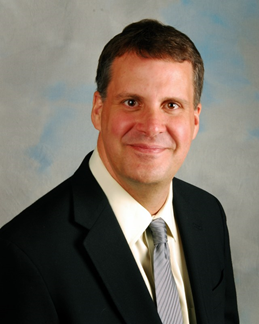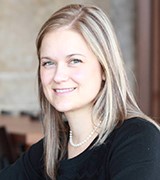
eAudiology
ARC 2020: Tele-Audiology: Theory to Practice - Afternoon Session (0.3 CEUs/Tier 1)
- Registration Closed
ARC 2020: Tele-Audiology: Theory to Practice - Afternoon Session (0.3 CEUs/Tier 1)
It’s Not the Technology It’s What You Do with the Technology: mHealth Empowers Users of Hearing Aids
Melanie Ferguson, PhD
Head of Audiological Science, National Acoustic Laboratories (Australia)
Learning Objectives
1. Summarize three patient benefits of using C2Hear.
2. Describe three key differences between C2hear and m2hear.
3. Identify the key components of Zimmerman’s Theory of Empowerment.
Tele-Audiology A New Beginning: Focus on Flexibility and Scalability
Bopanna Ballachanda, PhD
President, Premier Consulting Adjunct Professor, Texas Tech University Health Sciences
Learning Objectives
1. Identify the ways to include Tele-Audiology in audiology practice to provide better patient care.
2. Learn the skills needed to implement and sustain Tele-Audiology in a clinic.
3. Recognize the significance of Tele-Audiology within a practice to manage patients effectively and efficiently in the future.
Hearing Aid Fittings: Finding new ways that work for patients
Todd Ricketts, PhD
Professor and Vice Chair of Graduate Studies, Vanderbilt University Medical Center
Learning Objectives
1. Describe some of the current forces that are expected to affect current and future hearing health care service delivery models.
2. Describe a method to improve service efficiency.
3. Describe a possible limited services model of hearing aid provision aimed at competing successfully with a true OTC model.
Factors Driving Clinical Readiness and Uptake of Remote Hearing Aid Support Services
Danielle Glista, PhD,
AuD Director, The Connected Hearing Healthcare Lab, Western University Assistant Professor, The School of Communication Sciences & Disorders, Faculty of Health Sciences
Learning Objectives
1. Describe some benefits of a Connected Health model of care in the provision of remote hearing aid support.
2. Identify the top 3 factors perceived to influence the clinical uptake of remote hearing aid support amongst Canadian Audiologists.
3. Describe several readiness dimensions that are important to consider when assessing barriers and facilitators to the remote/virtual delivery of hearing aid support services.
Practical Solutions for Assessment and Intervention in Tele-Audiology
Samantha Kleindienst Robler, AuD, PhD
Audiologist and Clinical Informatics Lead, Norton Sound Health Corporation
Learning Objectives
1. Describe current telehealth models and relevant research for adult assessment and intervention.
2. Describe telehealth solutions and workflows for remote and isolated communities.
3. Evaluate case examples and best practices that can applied to their own practice.

Melanie Ferguson, PhD
Head of Audiological Science
National Acoustic Laboratories (Australia)
Dr. Melanie Ferguson is the head of audiological science at the National Acoustic Laboratories in Sydney, Australia, and has responsibility for the adult hearing loss research area. Her research focus is on connected health, service-delivery models, and outcome measures. Prior to that, she was an associate professor and consultant clinical scientist (audiology) at the NIHR Nottingham Biomedical Research Centre, United Kingdom. Her translational research program focused on e-health and self-management, listening and cognition, and listening devices. She has a long track record in audiology professional affairs, with leadership roles in the British Society of Audiology and British Academy of Audiology, and developing clinical guidelines used in U.K. policy-making.

Bopanna Ballachanda, PhD
President, Premier Consulting
Adjunct Professor, Texas Tech University Health Sciences
Dr. Bopanna Ballachanda was instrumental in establishing a diagnostic and dispensing practice using tele-audiology in his clinics to reach patients in rural areas of New Mexico. He was also able to supplement clinic services in a busy clinic by accessing the patient information from another remote clinic. Dr. Ballachanda is internationally known for his publications (books, chapters, and articles) in scientific and professional journals. He has taught at Purdue University and the University of New Mexico before joining Texas Tech and the University of Texas at Austin as adjunct faculty. He is the founder of Premier Hearing Centers in the southwest United States and holds a doctoral degree in auditory neurophysiology from the University of Texas-Dallas and memberships in many professional and scientific societies.

Todd Ricketts, PhD
Professor and Vice Chair of Graduate Studies, Vanderbilt University Medical Center
Dr. Todd Ricketts is a professor and the vice chair and Vanderbilt University Medical Center. He has published more than 100 articles and book chapters and provided over 300 presentations both nationally and internationally. He continues to pursue a very active federally and industry-funded research program studying the interaction between hearing aids and other hearing assistive technologies, listening environment, and individual differences as they impact the listening and communication experience. In addition, current work also focuses on enhancing cost-effectiveness and efficiency in hearing health care while maintaining high quality. He is a past editor of Trends in Amplification and the Journal of Speech Language and Hearing Research, and a past member of the American Academy of Audiology Board of Directors. He is currently vice chair of American National Standards Institute (ANSI) S3 (Bioacoustics) Committee. He is also a current member of the International Collegium of Rehabilitative Audiologists (ICRA). In addition to his research and service, Dr. Ricketts teaches and mentors students at Vanderbilt.

Danielle Glista, PhD, AuD
Director, The Connected Hearing Healthcare Lab, Western University
Assistant Professor, The School of Communication Sciences & Disorders, Faculty of Health Sciences
Dr. Danielle Glista is an assistant professor in The School of Communication Sciences and Disorders and Research Affiliate at the National Centre for Audiology, Western University, London, ON, Canada. Her research interests include connected heath and technology-mediated service-delivery models of care, real-world outcome measurement, and hearing aid fitting and verification strategies. Dr. Glista’s recent research efforts have focused on factors influencing the clinical implementation of tele-audiology services, including remote hearing aid fitting support services.

Samantha Kleindienst Robler, AuD, PhD
Audiologist and Clinical Informatics Lead, Norton Sound Health Corporation
Dr. Robler is an audiologist and clinical informatics lead at Norton Sound Health Corporation in remote Northwest Alaska. Her clinical and research interests include innovating and improving tools that address accessibility to hearing health care, including telemedicine and health technology development and application in the clinical setting, as well as addressing global hearing health, and public health policy in the hearing healthcare delivery system.
